Press Release: Veritas Press C.I.C.
Author: Kamran Faqir
Article Date Published: 12 Aug 2025 at 17:32 GMT
Category: Middle East | Palestine-Gaza | US-Israel At War
Source(s): Veritas Press C.I.C. | Multi News Agencies
Over the past six weeks, Gaza has seen an extraordinary and concentrated pattern of killings at aid points and along aid routes, while homes and makeshift shelters have been regularly struck. The casualty figures, witness testimony and NGO reporting point to a lethal combination of failed protection planning, military tactics that fail to distinguish civilians, and a controversial, militarised aid-distribution model supported by external actors. The result has been an intensification of civilian deaths, including people queuing for food and families in tents, and growing international accusations that Israel’s conduct is producing mass, avoidable civilian suffering.
The Numbers, In Context:
Gaza’s Health Ministry and UN agencies report that hundreds of Palestinians have been killed while seeking aid since late May. UN monitoring tallied at least 798 deaths near food distribution hubs and along convoy routes in a six-week period, with a large share occurring near sites run by the U.S.- and Israeli-backed Gaza Humanitarian Foundation (GHF). Local hospitals continue to register daily deaths from malnutrition and related complications; UN, WHO and rights bodies warn that famine is spreading.
“These people are coming to be fed and they are being shot,” Ravina Shamdasani, spokesperson for the U.N. Human Rights Office (OHCHR), told reporters when the office released its tally. “We have recorded hundreds of killings in the vicinity of aid distribution points.” The UN’s public counts, updated through July, were explicit: many of the fatalities were caused by gunfire near distribution sites.
Eyewitnesses: What People In Gaza Are Saying.
First-hand testimony repeatedly describes chaos, fear and, in at least one documented incident, mass panic and crush:
- A medic who survived the July crush at a crowded distribution point told Reuters: “Some people started jumping over the netted fence and got wounded. We were injured, and God saved us. We were under the people and we said the Shahada (death prayers). We thought we were dying, finished.” That account matches multiple hospital reports of suffocation and gunshot victims.
- Survivors queuing for GHF distributions have described sudden barrages of gunfire, people falling, and distribution sites that are effectively enclosed spaces where crowds cannot disperse rapidly. Local journalists and hospital staff describe the repeated pattern: people march to an identified distribution point, and are exposed in zones monitored and sometimes engaged by the Israeli military.
These testimonies are corroborated by multiple hospital registries across Gaza (al-Shifa, Nasser, and Al-Aqsa martyrs hospitals) that show spikes of victims arriving with gunshot wounds after distribution events.
How Aid Is Being Delivered And Why It’s Deadly:
Since late May, the GHF, a U.S.- and Israeli-backed alternative to the U.N. system, has taken responsibility for major distributions. The GHF argues it can deliver faster than a UN system they say has been compromised; the UN and rights bodies reply that concentrating massive numbers of people at a few militarised sites, paired with heavy security and limited safe access, has created lethal choke points.
The UN rights office has repeatedly warned that the GHF’s model, four heavily policed distribution hubs replacing hundreds of dispersed UN sites, increases risk: “We have recorded hundreds of killings, both at GHF points and near humanitarian convoys,” OHCHR’s spokeswoman said. The GHF denies responsibility for the shootings and blames looting, armed agitators and crowding; but rights groups say the architecture of the scheme and operational decisions (placement, crowd control, military presence around sites) foreseeably exposed civilians to deadly force.
Homes And Shelters Are Being Struck:
Parallel to the killings at aid sites, Israeli air and artillery strikes continue to hit residential areas and tented shelters for displaced families. Recent reporting documents repeated strikes on family homes in Al-Zaytoun and Tuffah neighbourhoods of Gaza City and strikes on tent encampments in Al-Mawasi and Khan Younis that killed parents and children sheltering from bombardment. Hospital briefings and on-the-ground reporting show whole families killed inside homes.
One recent, separately confirmed case: a bombardment on a tent shelter in Al-Majayda (Al-Mawasi) killed five members of a displaced family, a father, mother and two children among them, according to local health and rescue sources. That pattern, tents and shelters struck, has become tragically common.
Journalists, Hospitals And Humanitarian Workers Under Threat:
Journalists covering the crisis have been killed in recent strikes, including the widely reported death of Al Jazeera correspondent Anas al-Sharif and colleagues, a loss that international press-freedom groups called “appalling” and which prompted UN calls for an independent investigation. Humanitarian and medical services are stretched to breaking point; WHO and MSF warn that hospitals lack fuel, supplies and capacity to treat ever-rising waves of wounded and starving people.
UN Secretary-General and OHCHR officials have called for independent inquiries and stronger measures to protect medical and media personnel; Amnesty, Human Rights Watch and OHCHR have repeatedly raised legal concerns about the intentionality or foreseeable effects of policies that restrict aid and put civilians at risk.
Analysis: Battlefield Logic, Law And Culpability.
The convergence of three factors helps explain the bloodshed:
- Concentrated distributions: Centralising aid at a few sites with heavy security transforms humanitarian giveaways into mass public gatherings inside militarised zones. Where rules of engagement allow shooting to disperse crowds or to neutralise perceived threats, high fatalities are likely. UN investigators describe a predictable risk model here.
- Operational opacity and competing actors: The GHF operates in parallel to UN agencies and has contractors and private security; accountability lines are blurred. When multiple actors control distribution oversight, there is less transparent oversight of the interface between civilians and the military.
- Starvation as a weapon/denial of relief: Human Rights Watch, Amnesty and UN experts have warned that denying or dangerously limiting access to food, water and fuel, or making access contingent on conditions that expose civilians to lethal force, can constitute breaches of international humanitarian law, and in grave cases could constitute crimes under the statutes forbidding starvation of civilians as a method of warfare. Those organisations have documented policies and patterns they say are consistent with this risk.
Legally, the OHCHR and multiple UN experts have said the numbers and context merit an independent, impartial investigation to determine whether actions amount to war crimes or crimes against humanity. Operationally, the UN has repeatedly called for unimpeded, protected passage for humanitarian actors and for demilitarising distribution.
Who Says What — Key Quotes:
- UN human rights spokesperson Ravina Shamdasani: “We have recorded 613 killings … this is a figure as of June 27. Since then, there have been further incidents.” (OHCHR briefing).
- A medic who survived the crush at a distribution site (Reuters): “We were under the people and we said the Shahada… We thought we were dying, finished.”
- Amnesty International: “As mass starvation spreads… our colleagues and those we serve are wasting away.” Amnesty warned that aid workers are now joining food lines in Gaza.
- WHO situation update: hospitals “have been operating far beyond capacity” and essential health services are “severely compromised.”
- Al Jazeera/Time reporting on journalists: the killing of Anas al-Sharif and colleagues has prompted calls for an independent investigation into whether media were deliberately targeted.
The U.S. Role And International Politics:
The GHF’s backing by the U.S. and the operational cooperation with Israeli security forces have made Washington both a political shield and a target of criticism. Washington has pointed to the security risks and to alleged interference by militants; critics counter that legitimising a militarised, parallel aid model without adequate independent safeguards increased civilian vulnerability. European foreign ministries, 24-25 of them in recent joint statements, have publicly demanded that Israel open Gaza fully to impartial NGOs, characterising the humanitarian situation as beyond “unimaginable.” Those diplomatic ripples have produced nascent policy moves, divestments, increased recognition moves, but little operational change on the ground.
What Independent Investigators Should Look For:
An impartial inquiry should, at a minimum, examine:
- Rules of engagement and incident-by-incident weapons use near aid sites (who ordered what, and what warnings were given?).
- The decision-making behind concentrating distributions (why were hundreds of UN sites replaced by a small number of GHF hubs?).
- Dispatch logs, communications and contractor roles (which private firms and security actors were involved, and under what instructions?).
- Hospital registries matched with geolocated incident reports and eyewitness testimony to establish predictable causal links between distributions and fatalities.
Immediate Recommendations From Rights Groups And The UN:
Based on documented risk and past recommendations by humanitarian agencies:
- Immediate halt to militarised, concentrated distributions until independent safety guarantees are in place.
- Allow UN and established NGOs full, unimpeded access and re-establish dispersed, community-based distribution points.
- Independent, international investigation into killings at aid sites and strikes on civilian shelters, with public reporting and accountability.
- Protected humanitarian corridors and legal safeguards for journalists and medical staff.
In Summary: A System Built To Fail, Or To Harm?
The pattern emerging in Gaza is not the accidental byproduct of “fog of war.” It is the foreseeable and repeatedly forewarned, result of decisions taken at the highest levels: to replace UN-supervised aid with a militarised, centralised model; to concentrate desperate civilians in a few predictable locations; to ring those locations with armed forces applying permissive rules of engagement; and to continue air and artillery strikes on homes, shelters, and densely populated districts already emptied of infrastructure.
Evidence from hospitals, eyewitness accounts, UN monitoring, and independent media converges on a disturbing conclusion: this is a system in which survival itself is the hazard. People die not only from bombs or bullets but from the deliberate collapse of the lifelines that international law obliges combatants to protect: food, water, shelter, and safe humanitarian access. This is not merely reckless. This is a systematically designed trap for the Palestinians, engineered to herd them into predictable choke points where they can be massacred in large numbers.
The Israeli government maintains it is targeting militants and claims that armed factions sabotage aid distribution. The U.S. supports the Gaza Humanitarian Foundation as a quicker option than UN operations. However, neither has addressed the key question: if the civilian death toll at aid sites has risen into the thousands in less than three months, why have the fundamental aspects of this system remained unchanged?
International law does not permit starvation of civilians as a method of warfare; it does not excuse lethal force against unarmed aid seekers; it does not allow the destruction of homes and shelters without military necessity proportionate to civilian harm. Each of these norms has been systematically eroded here. As Amnesty International and UN experts have warned, these are not isolated violations, they are indicators of a policy environment in which civilian protection is treated as optional.
The killings of journalists, the targeting of medical personnel, and the repeated hitting of aid queues are not random tragedies; they are warning flares of a deeper collapse in the rules that distinguish combatants from civilians. Left unchecked, this operational model risks becoming a blueprint for future conflicts, one in which humanitarian space is militarised, aid is weaponised, and the right to survive is conditioned on passing through a kill zone.
If there is to be any deterrent effect, accountability must be real, public, and consequential, not a closed-door review or a carefully worded statement of “regret.” The numbers will not stop rising by themselves. They will only stop when the architecture of this violence is dismantled, those who designed and defended it are held to account, and Gaza’s civilians can once again queue for food without risking their lives.
Tags:
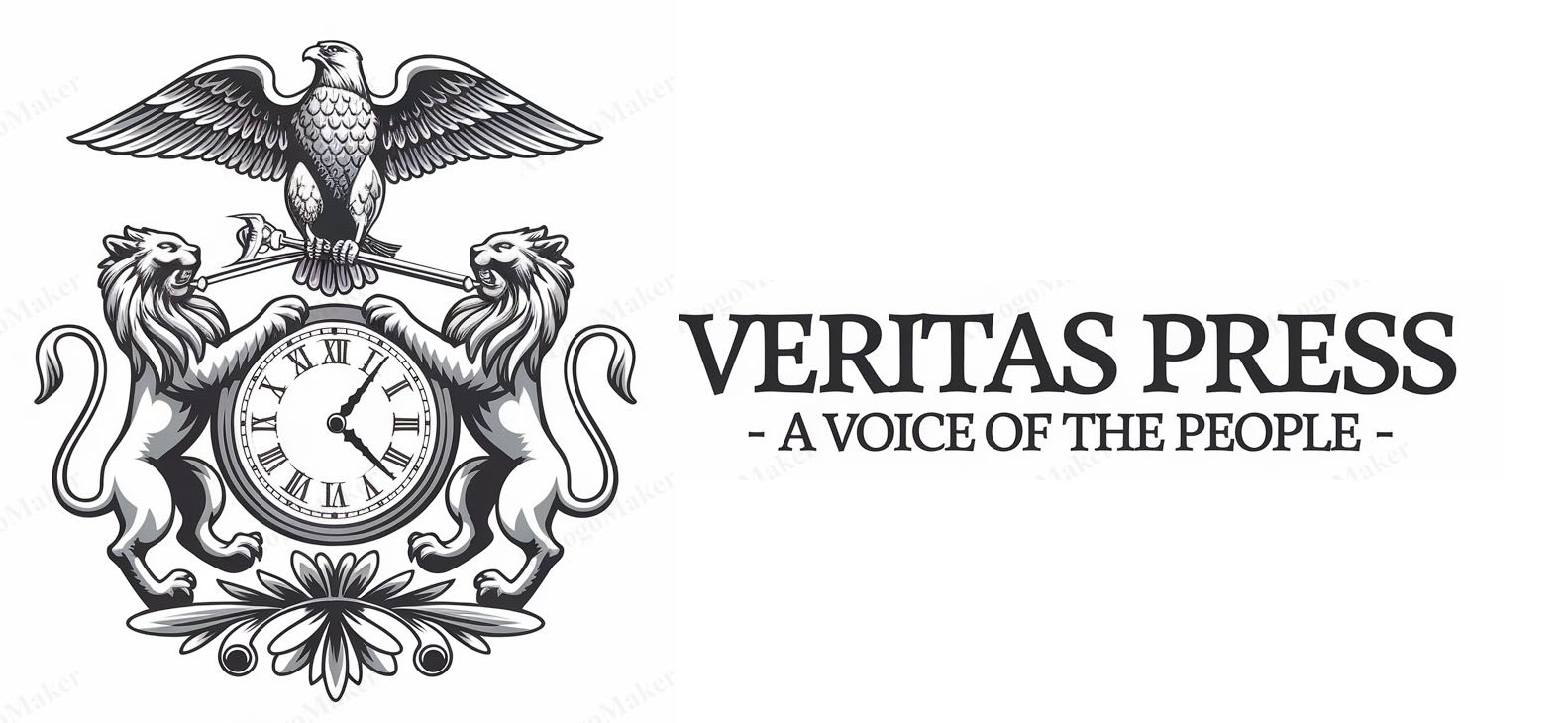

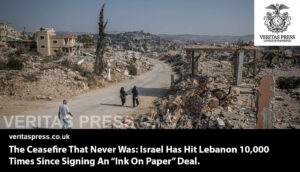


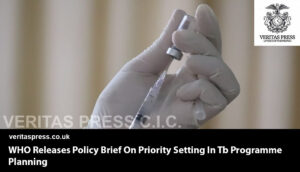

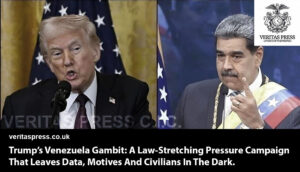
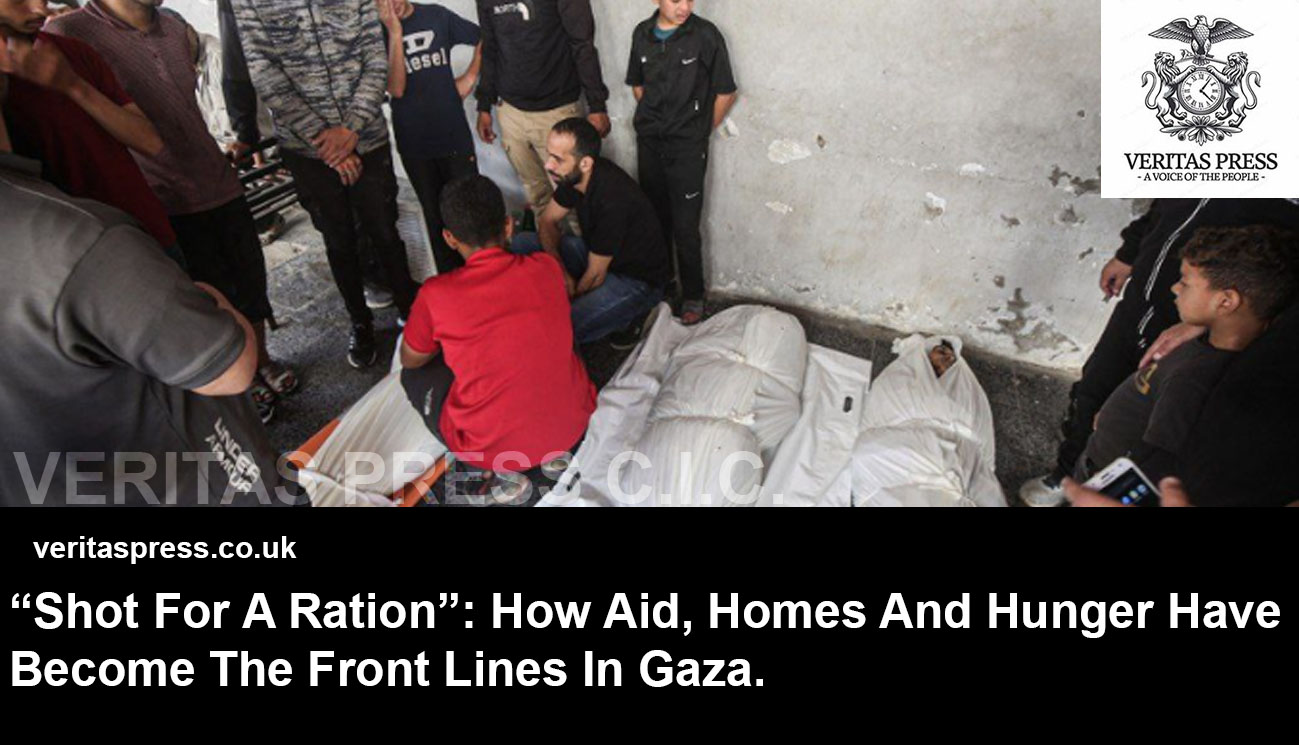
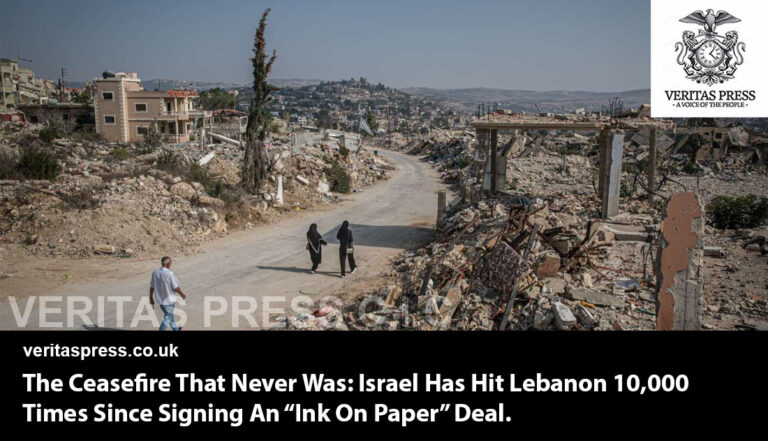

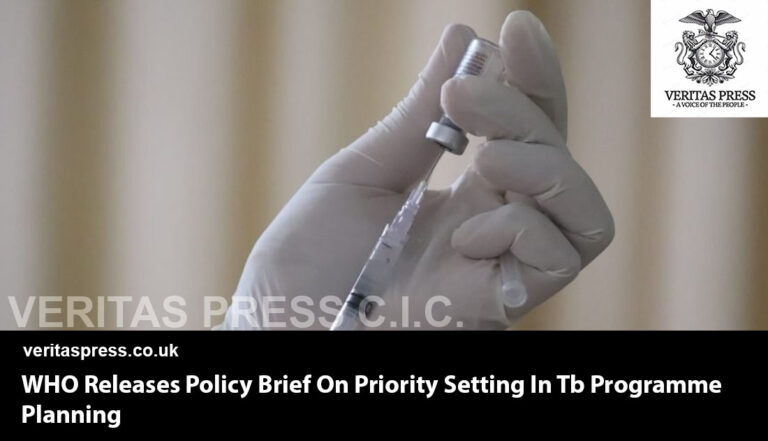


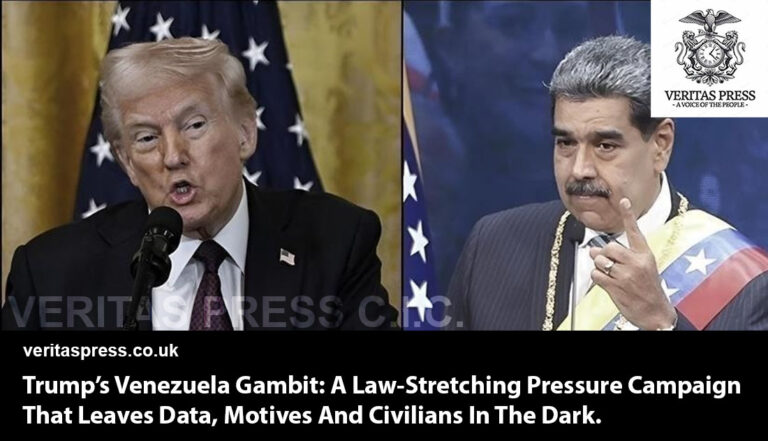
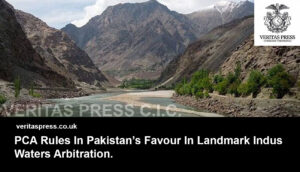
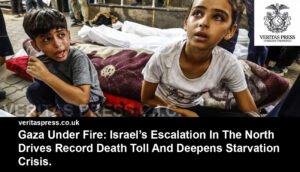
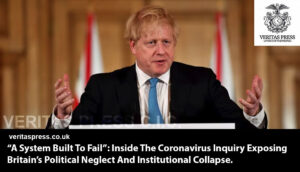
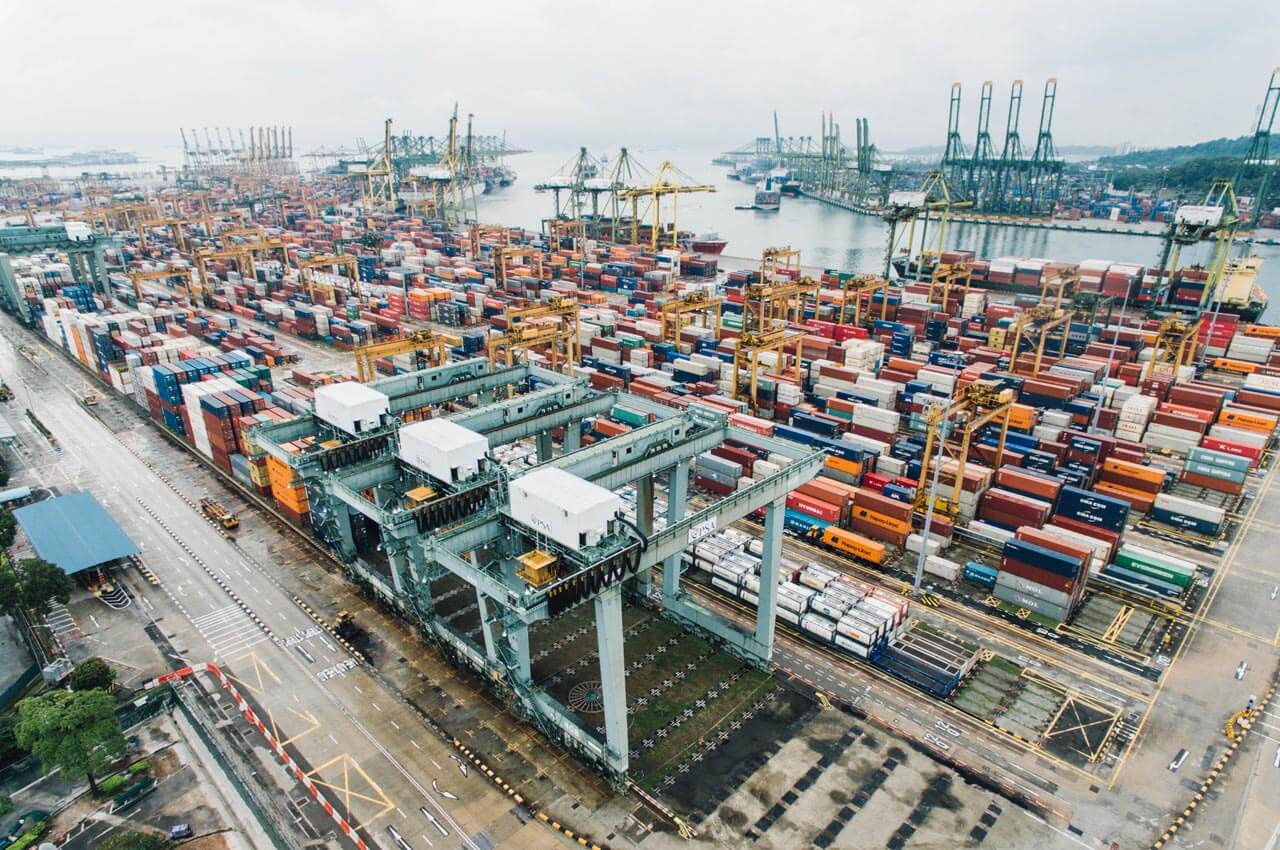

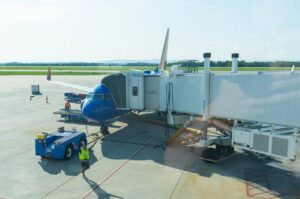







Leave a Reply